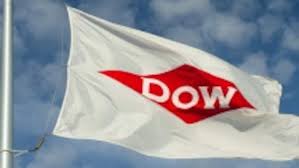
Saint-Gobain Gyproc India has unveiled the production of low-carbon plasters at its Tiruvallur complex near Chennai, making it the first company in India to manufacture low-carbon plasters that reduce the Global Warming Potential by over 40% during its lifecycle. According to the release, “Gypsum Plaster is the most effective solution to conventional sand cement plaster with superior finish, lesser cracks, zero cement, considerable savings in water, energy, and improved productivity. In 2023, Saint-Gobain produced low-carbon glass another first for the industry.”
This is the outcome of the process excellence of Saint-Gobain Gyproc India, supported by Saint-Gobain Research India, and an increase in the share of renewable energy to 98% through – biomass from agricultural waste, renewable electricity, and biodiesel. The achievement of Saint-Gobain Gyproc India is in line with the Group’s ambition of Net Zero by 2050.
The transformation of the Tiruvallur gypsum plaster plant is not only a milestone for Saint-Gobain Gyproc India but also a crucial contribution by Saint-Gobain to the decarbonization of buildings. With this innovation, SG’s stakeholders can now offer low-carbon products with the same functional benefits to customers and contribute to a considerable reduction in the embodied carbon footprint of their buildings.
Speaking about the initiative, Sudeep Kolte, Managing Director, Saint-Gobain Gyproc India, added “The launch of our low-carbon plasters is a testament to Saint-Gobain Gyproc India’s unwavering commitment to sustainability and environmental responsibility. We believe that the construction industry plays a pivotal role in mitigating climate change, and as a world leader in light and sustainable construction, we offer low-carbon solutions that significantly reduce carbon footprint enabling India to achieve Net Zero by 2070.”
Global Warming Potential (GWP) indicator calculated from cradle to grave (A1 to D stages) and to be communicated in the verified Environmental Product Declaration (EPD) under development for publication later this year.




Leave a Reply